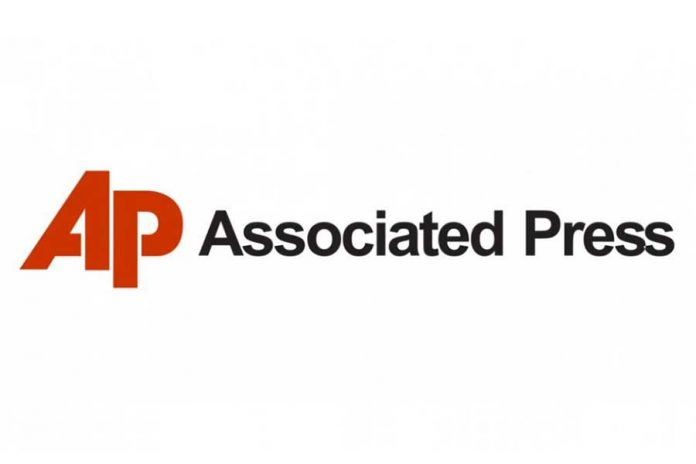When PGN first began publishing in 1976, there were few openly LGBT writers. The community was still growing just as the newspaper was still growing. In its infancy, the paper had a staff who believed in the mission that a gay newspaper could be a source of information and an agent of change. Most of the staff were members of the community themselves. They covered civil rights, entertainment (which often took the form of books, since we were rarely in TV and movies), politics and pride events. They were part of a team that had to figure out what a gay community newspaper could and should be.
Flash forward 20 to the mid-’90s, to the AIDS crisis and a burgeoning LGBTQ community who made news every day. The pool of openly LGBT writers to choose from was larger. The community had grown both in population and in location. Yet it was still difficult to find, for example, an LGBT writer who was also an expert in science and medicine who could accurately cover the AIDS crisis. It was difficult to find an LGBT writer in Mississippi to cover the double murder in Laurel in 1995. PGN had come a long way in increasing the breadth of its news coverage, but it had to get creative to keep up with the community’s rapid growth. One such change happened in 1994, when the paper began using the Associated Press wire service.
The Associated Press has reporters and photographers all over the world who cover all manner of news. When PGN gained the ability to publish the AP’s stories and photos, it opened up a new realm of content that was previously unattainable due to cost and logistics. This option was crucial to keep up with breaking news, especially with a small staff.
In the ’90s, news on AIDS happened every day across the country. Using AP copy allowed PGN to publish the most comprehensive coverage of HIV/AIDS found in one publication. It would have been impossible for any publication, even a mainstream publication with a huge staff, to report on the latest drug advances, the rise in HIV cases among seniors, and the first HIV-positive person to run for public office all in the same week.
The expanded coverage also applied to other areas. Politics, religion and crime in the LGBT community were topics that connected not just Philadelphia but the entire country. Civil rights in one city often snowballed into civil rights for neighboring cities. News of homophobic crimes and murders alerted people to be careful in certain parts of the country and reminded them that being openly gay was, at times, dangerous. By printing Associated Press articles, PGN provided its readers with centralized, LGBT-specific news that went beyond the boundaries of Philadelphia. In 1995, issues of PGN regularly featured seven or eight LGBT stories from the Associated Press.
Some community members complained that using AP stories would put LGBT writers out of business. After all, why didn’t PGN just assign one of their freelancers to cover the latest AIDS medical breakthrough in Atlanta or the story about the double murder in Mississippi? The reason is that it was logistically and financially impossible, especially in the pre-internet days.
PGN’s Editor in 1995, Al Patrick, wrote an editorial on April 14 of that year addressing such concerns. He commented on the expertise of AP’s science writers and their network of reporters in all parts of the country. He mentioned that PGN’s freelance budget actually increased when the paper started publishing AP articles. He also wrote about how the AP was not perfect, how their articles often used overly clinical language in stories about the LGBT community (they have since improved, including adoption of singular ‘they’ and other inclusive language). Overall, the benefits far outweighed the detriments.
“[The Associated Press] allowed us to offer a paper with a wider news and features’ perspectives,” Patrick said to me last week. “We were read in every state, and for some people, it was their only access to these kinds of stories. And the fact that AP was starting to offer a product that a gay paper could use was a small step forward.”
For many decades, mainstream media coverage of the LGBT community was limited to stories about the community being full of criminals and deviants. When wire services like the AP began to offer positive stories about the LGBT community, local publications like the PGN supported and utilized them.
In 2020, there are a plethora of openly LGBT writers in all areas with all backgrounds. Journalism has become more inclusive and more level. It’s easier to get in touch with experts; it’s easier to snap and share a photo of the Supreme Court on decision day. The industry has evolved into a more accessible space for writers and photographers of all backgrounds. The need to use the Associated Press is not as great anymore. In the most recent issue of PGN, no articles by the AP were published, although the paper still subscribes to the service. But at a time when resources were tight and access was limited, AP articles served a great purpose in helping PGN tell our community’s story quickly, comprehensively, and truthfully.
